Jewish neighborhood of Shiraz, Shiraz, spring 2011

Jewish neighborhood of Shiraz, Shiraz, spring 2011
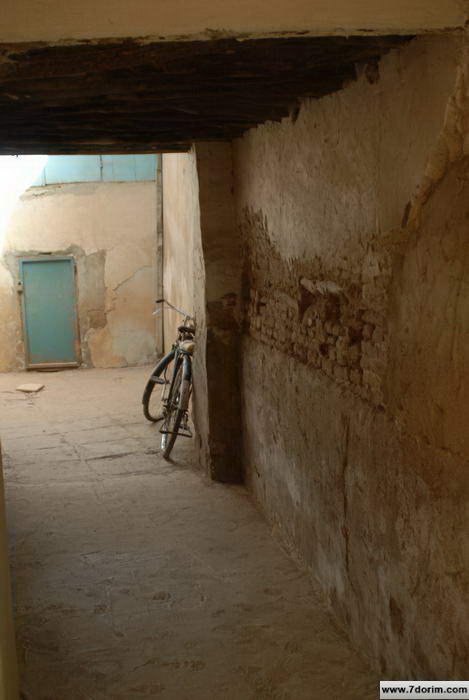
Jewish neighborhood of Shiraz, Shiraz, spring 2011
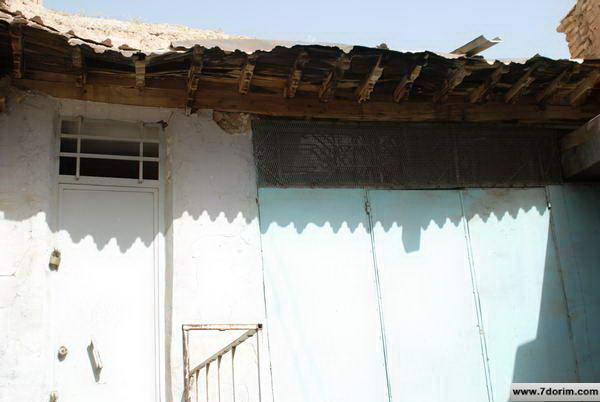
Jewish neighborhood of Shiraz, Shiraz, spring 2011
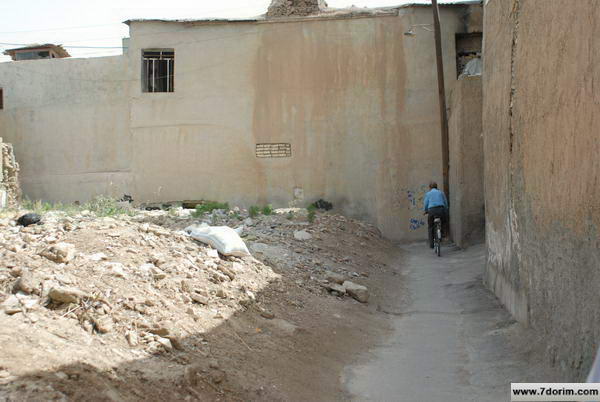
Jewish neighborhood of Shiraz, Shiraz, spring 2011
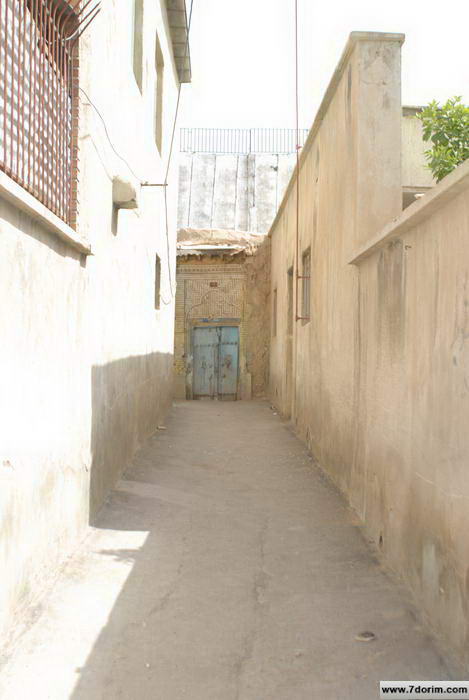
Jewish neighborhood of Shiraz, Shiraz, spring 2011
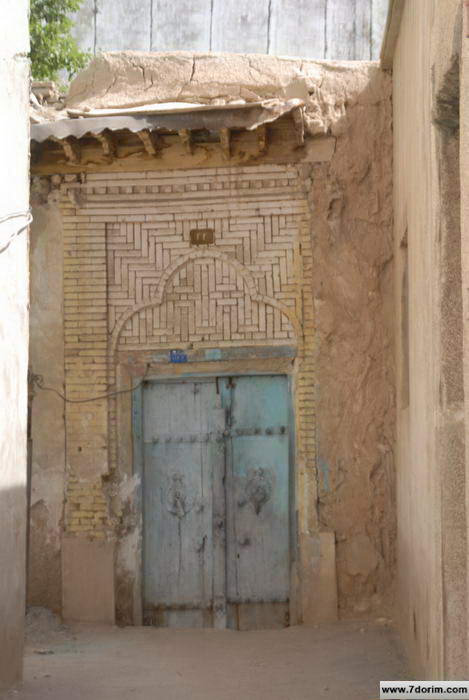
Jewish neighborhood of Shiraz, Shiraz, spring 2011
The Jews of Shiraz have long inhabited two neighborhoods, both of which have always been in competition with each other. But there was a time when these two neighborhoods were one.
The Separation
The story goes back to the construction of the Lotf Ali Khan Zand Road in 1721, which divided the Jewish residence into two neighborhoods. One neighborhood kept the old name while the other neighborhood adopted a new name and became known as “Zir Taagh”. Each neighborhood had its own cleric, who led all the religious ceremonies of that neighborhood, for instance Mila (circumcision), Kiddush (sanctification), and Ketuba (marriage).
Religious Leaders
Mullah Meir Moshe Dayanim led the Zir Tagh neighborhood during the 1960s. He was highly pious and truly respected by the Jews of Shiraz. Another religious leader was Mullah Rabbi Yosef, a religious figure who was adept at Shechita (religious slaughter). He was also connected with the Muslim community. Each of these scholars had seperate marriage and divorce offices.
.
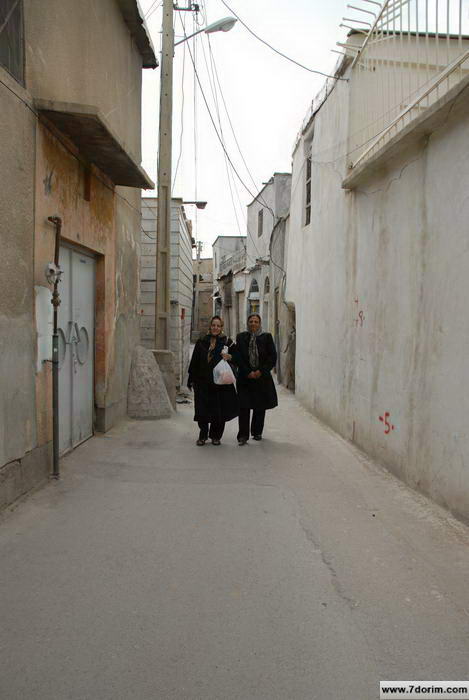
Jewish Neighborhood, Shiraz, Spring 2011
Each neighborhood had its own public bathhouse each managed by hardworking community members who operated the bathhouses in the traditional manner. Similar to old bathhouses, these bathhouses also had a reservoir and relied on wells for water, which was drawn by donkeys, mules, or other animals. These bathhouses were complicated and difficult to operate.
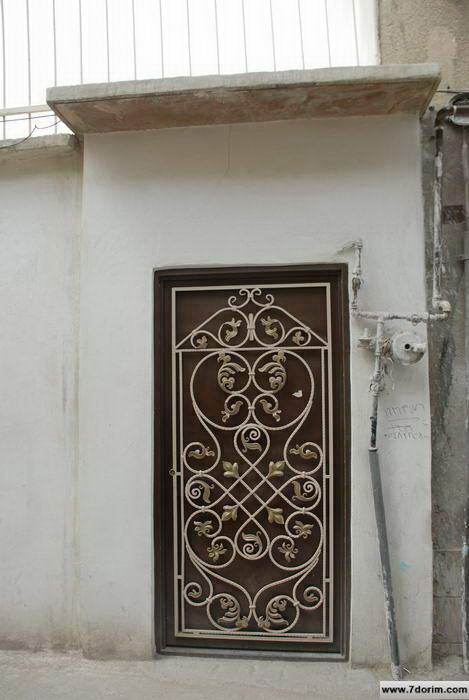
محله کلیمیان شیراز ، بهار 2011
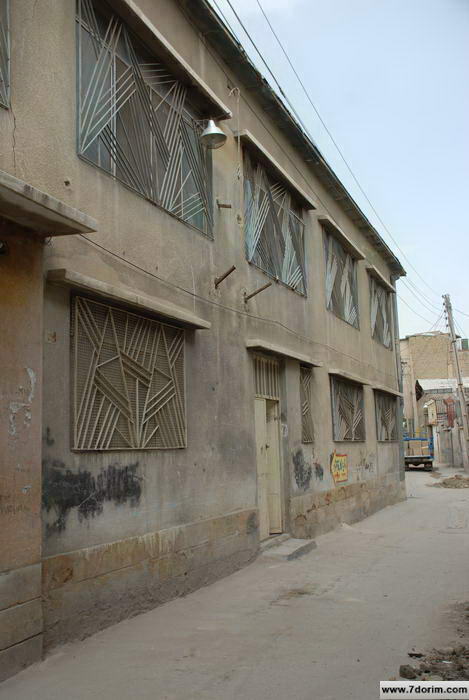
Jewish neighborhood of Shiraz, Shiraz, spring 2011
Each neighborhood designated a specific house within its vicinity for Matzah baking for Passover. Two families would uphold this heavy responsibility. They would commence the baking process long before Passover, sometimes continuing until just a day before the occasion. Occasionally, due to the overwhelming demand for Matzah, disputes would arise, which sometimes became physical.
The Mishmerti family
The Mishmerti family was one of the families that upheld the Matzah baking responsibility. The third generation of this family is now actively involved in delivering social and public services to the Jewish community. One of their contributions is the running of Beth Din by Rabbi Golestani from this family. Furthermore, his grandfather, known as “Ra’is Morad” (i.e. Master Morad — Shirazis used to title farm owners as “Ra’is”), contributed profusely to religious ceremonies by providing Matzah and Sukkah. Hence, he was much respected among the Jews of Shiraz. Rabbi Morad Golestani owned agricultural land primarily cultivated with wheat, exclusively used for Matzah baking every year.
From the notes of Iraj Yeganeh.
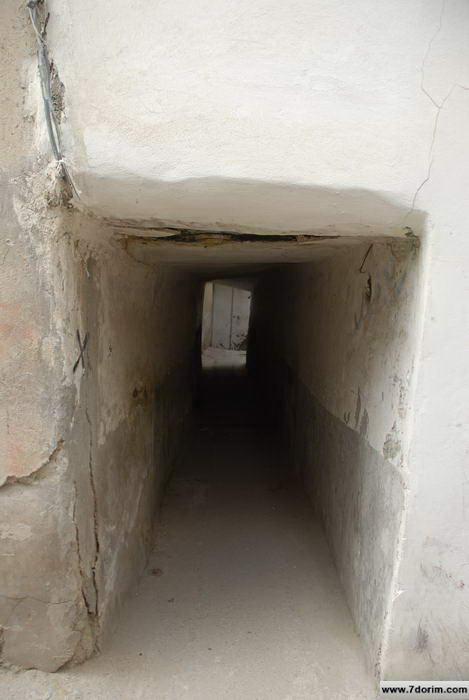
Jewish neighborhood of Shiraz, Shiraz, spring 2011
Jobs
Peddling
Peddling played a significant role in the economic activities of Shiraz’s Jewish community. Jewish merchants, known as “pilevaran” (i.e. peddlers), traveled to villages and towns across Fars Province to procure goods that were in demand among rural populations. These goods included fabrics, sugar, and other essential items that were not readily available to villagers. In exchange, they purchased raw materials such as hides, gum tragacanth, dried fruits (figs, walnuts, wild almonds, etc.), and resins.
Some peddlers spent extended periods in villages, residing there for up to six months of the year. They would typically return to Shiraz only twice annually: once for the Passover (Nisan) and again during the High Holy Days of Rosh Hashanah, Yom Kippur, and Sukkot.
Many kept their records and accounts using the Judeo-Persian script, a unique writing system that combined Hebrew characters with Persian pronunciation rules.
As schools were opened in Shiraz, most Jewish children completed elementary studies too, especially those from richer families. These children learned Hebrew from their elders too.
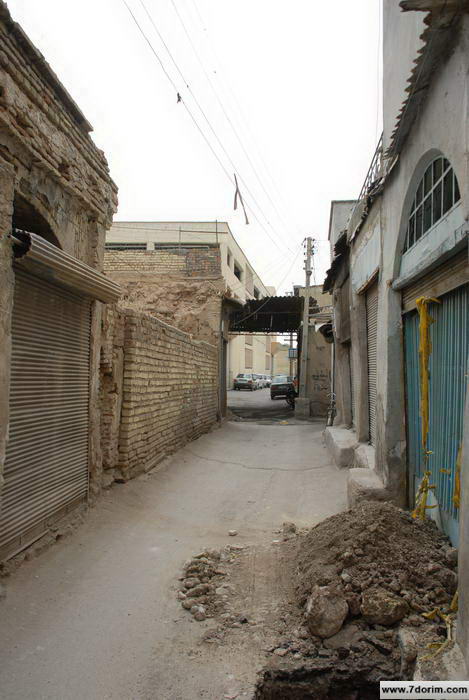
Jewish neighborhood of Shiraz, Shiraz, spring 2011
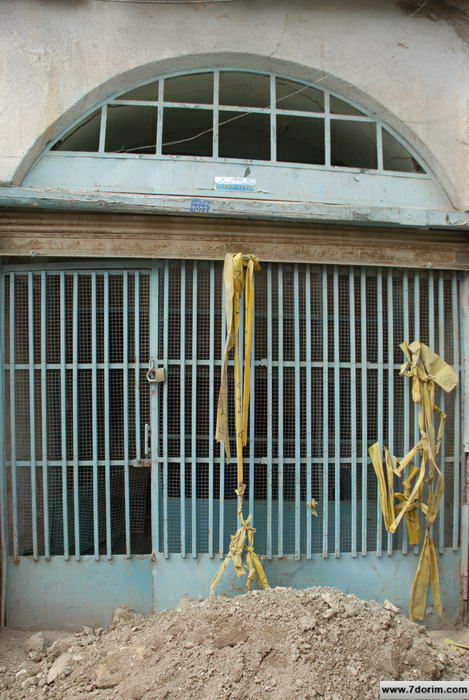
Jewish neighborhood of Shiraz, Shiraz, spring 2011
در دهه 1340 خورشيدي، در هر دو محله يهوديان شيراز مجموعاً پانزده دکان قصابي وجود داشت هر روز به استثناي روزهاي شبات کشتار انجام مي گرفت و تا قبل از ظهر به تمام قصابي ها گوشت توزيع مي شد. قبل از ساختن کشتارگاه توسط دولت، اغلب يا در خانه ها و يا در حياط کنيساي اقدام به کشتار روزانه مي نمودند.
هنگام پسح (موعد نيسان) جهت استفاده استخوان دست گوسفند براي مراسم «اگداي » شب اول و دوم پسح، همچنين براي مصرف در پخت غذاي موعد نيسان بجاي روغن از دنبه گوسفند بهره مي بردند، زيرا بر اين باور بودند که در اين ايام روغن هاي ديگر خامص مي باشند. لذا در اين ايام (پسح) بيشتر کشتار گوسفند انجام مي گرفت.
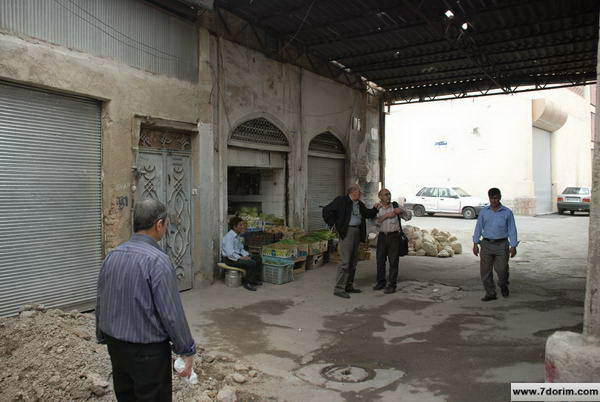
Jewish neighborhood of Shiraz, Shiraz, spring 2011
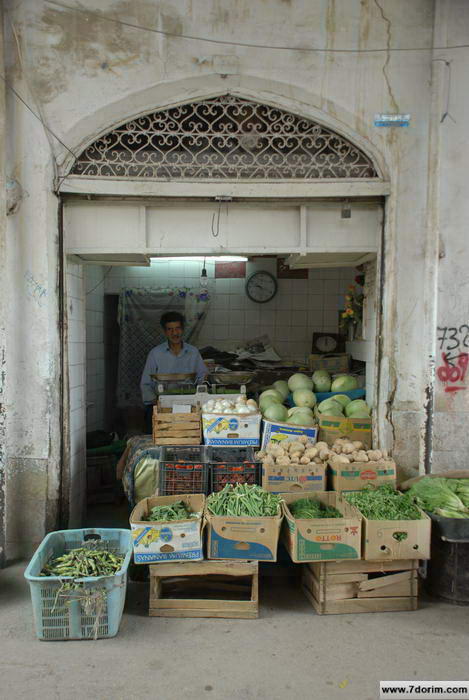
Jewish neighborhood of Shiraz, Shiraz, spring 2011
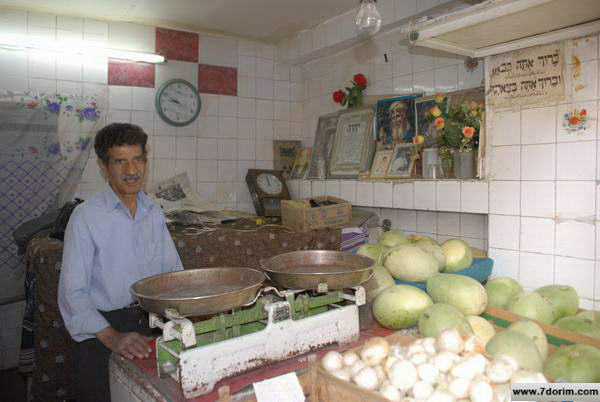
Jewish neighborhood of Shiraz, Shiraz, spring 2011
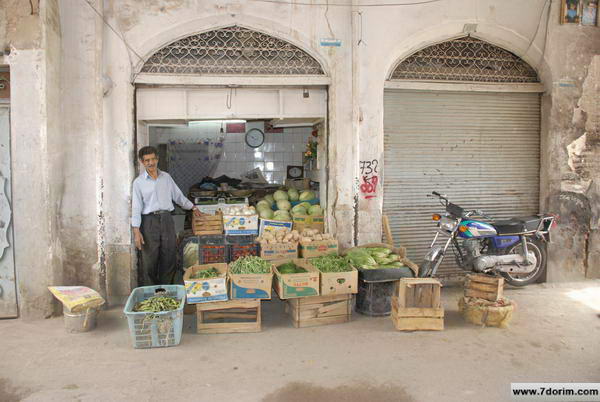
Jewish neighborhood of Shiraz, Shiraz, spring 2011
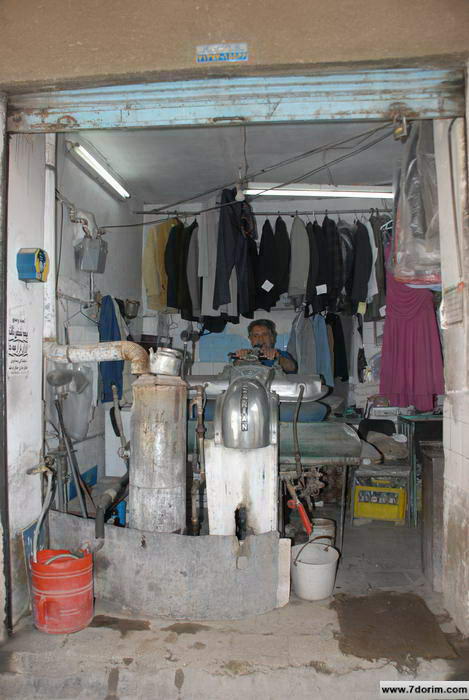
Jewish neighborhood of Shiraz, Shiraz, spring 2011
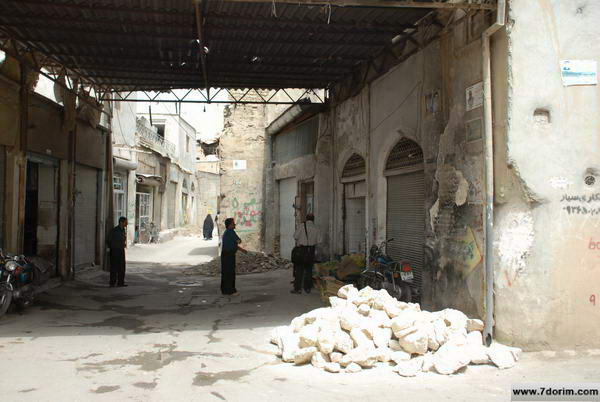
Jewish neighborhood of Shiraz, Shiraz, spring 2011
Butchery
By the 1960s, the two Jewish neighborhoods had more than fifteen Kosher butcheries. Slaughtering occurred every day of the week except Shabbats (Saturdays), and meat was distributed among those shops by noon. These sacrifices were mostly conducted in houses and synagogue yards until the government built a slaughterhouse.
During Passover, there was an increased demand for lamb bones and fat, leading to a higher volume of lamb slaughter during this period.
During Passover (Nisan), the Jewish community of Shiraz utilized lamb bones in the Agdah ceremony — a ritual storytelling tradition that takes place on the first and second nights of Passover. These bones were used to represent the sacrificial lamb in the Exodus story, symbolizing the liberation of the Israelites from slavery in Egypt.
Additionally, cooking was done using lamb fat during Passover, due to the belief that other oils were considered “chametz” (leavened products prohibited during Passover).
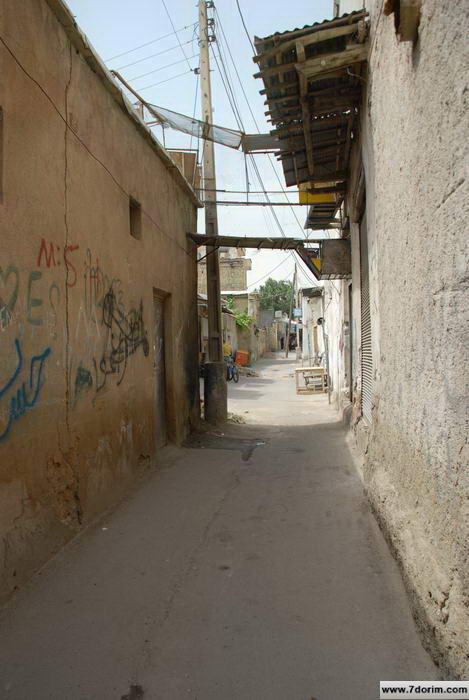
Jewish neighborhood of Shiraz, Shiraz, spring 2011
Bakery
Although the Jewish community had all sorts of occupations — such as architecture, masonry, stonecutting, goldsmithing, cooking, construction work, cloth-selling, grocery, and apothecary —interestingly, the Jewish community in Shiraz never had any bakeries.
Jewish Neighborhood, Shiraz, Spring 2011
Goldsmithing
Goldsmithing was another prominent profession among Shiraz’s Jewish community. Most jewelry shops were located in the Zir Tagh neighborhood, with a few others in the bazaar. The Delshad family was particularly renowned for their expertise in this craft. Among them, Yosef Delshad stood out for his exceptional creativity and craftsmanship. His jewelry pieces were truly artistic and unmatched. He was particularly known for his exquisite bracelets and watchbands, which closely resembled Rolex designs. Notably, Yousef Delshad was the father of Jimmy Delshad, the future mayor of Beverly Hills.
Another notable figure in this trade was Haji Zarnegar, a master craftsman renowned for his innovative enamel work on gold jewelry. For years, he held a distinguished reputation in this field, earning recognition and acclaim for his unique creations that dominated Shiraz’s jewelry market.
Jewish Neighborhood, Shiraz, Spring 2011
Less desirable occupations
In Shiraz’s Jewish community, certain occupations were deemed less favorable. These included roles such as butchering, bathhouse operation, musicianship, grave-digging, corpse washing, and fortune-telling. Those working in these professions often faced marginalization, even in the issue of death, as they were laid to rest in a designated section of the cemetery. Moreover, in the issue of marriage, they were mostly forced to marry someone from their own working class, since others were reluctant to marry them.
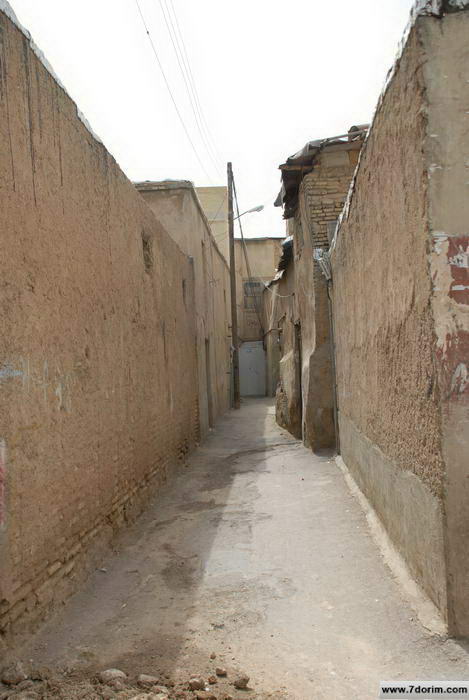
Jewish neighborhood of Shiraz, Shiraz, spring 2011
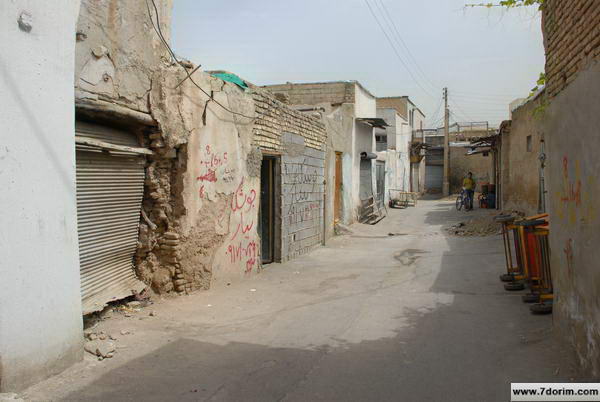
Jewish neighborhood of Shiraz, Shiraz, spring 2011


 فارسی
فارسی